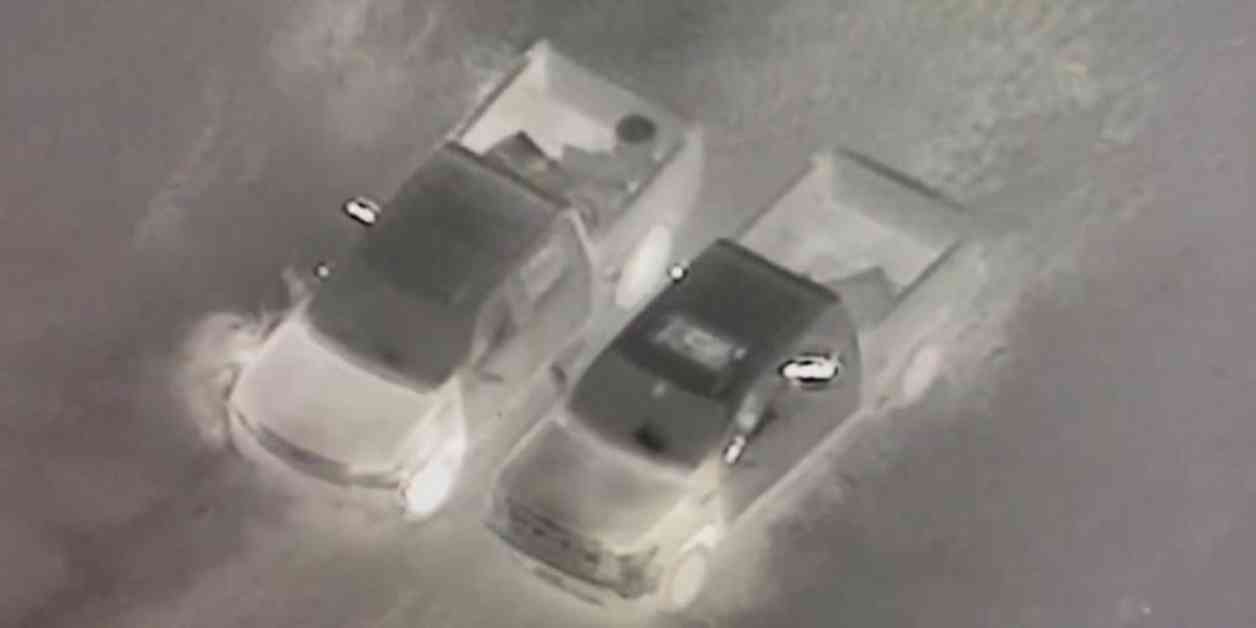An intense gun battle erupted this week near the southern border involving factions of a Mexican drug cartel. The violent exchange of gunfire took place in Rio Bravo, Tamaulipas, just a stone’s throw away from the Rio Grande, facing Donna, Texas. According to Lt. Christopher Olivarez of the Texas Department of Public Safety, the warring groups were identified as the “scorpions” and the “metros.”
The skirmish was captured on video by a surveillance aircraft operated by the Texas Department of Public Safety, revealing a fierce gunfight between rival factions of the Gulf Cartel. Lt. Olivarez noted that these groups were not using ordinary firearms but military-grade weapons, posing a significant risk to anyone in the vicinity, especially those near the Rio Grande. This particular area is considered one of the most perilous along the border due to ongoing cartel conflicts.
The video footage captured various alarming scenes, including the hurling of an explosive device from a vehicle and an individual firing a gun near a truck. These visuals were recorded using thermal imaging technology from the DPS surveillance aircraft, marking a significant achievement as previous gun battles in the area had not been captured on video before.
While the Gulf Cartel maintains control over much of the territory near the site of the recent clash, internal strife within the cartel has led to fierce battles over smuggling routes along the border. Lt. Olivarez emphasized that these confrontations have intensified as rival cartels vie for dominance and control of lucrative operations.
He highlighted the longstanding presence of cartels and gun battles in the region, attributing the heightened intensity to the escalating competition among cartel factions. The desire for power and control has fueled the violence and instability in the area, making it a hotspot for criminal activities and territorial disputes.
The situation underscores the complex and dangerous dynamics that characterize the border region, where criminal organizations engage in violent conflicts to assert their authority and expand their influence. The role of surveillance technology in capturing such events provides valuable insights into the activities of these cartels and sheds light on the challenges faced by law enforcement agencies tasked with maintaining security along the border.
As authorities continue to monitor and respond to these escalating tensions, the need for coordinated efforts to combat organized crime and safeguard border communities becomes increasingly urgent. The impact of cartel violence extends beyond the immediate battleground, affecting local residents, migrants, and law enforcement personnel caught in the crossfire of these brutal turf wars.




